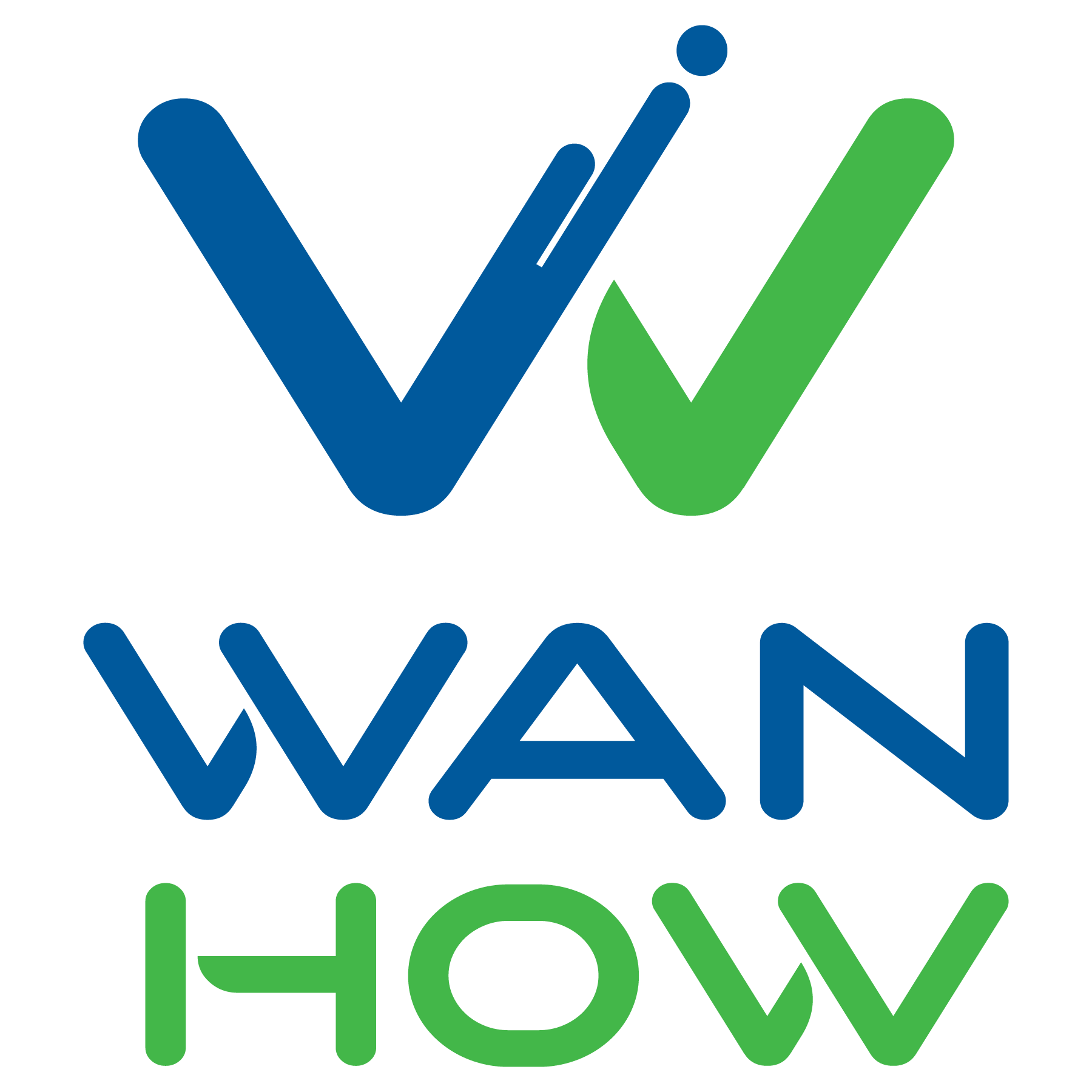Creating a successful documentation project plan can be a daunting task, but it’s a crucial step in ensuring the success of your project. Whether you’re creating a user manual, technical documentation, or any other type of documentation project, having a solid plan in place can help you stay organized, meet deadlines, and produce high-quality content. However, with so many moving parts involved in a documentation project, it can be difficult to know where to start. That’s why we’ve created this ultimate guide to help you create a successful documentation project plan. In this guide, we’ll cover everything you need to know, from setting project goals to identifying stakeholders, creating a project timeline, and managing your team. So whether you’re a seasoned pro or just starting out, this guide will give you the tools you need to create a successful documentation project plan that meets your goals and exceeds your expectations.

Importance of a documentation project plan
Documentation is an essential part of any project. It helps you keep track of what you’ve done, what needs to be done, and what has worked and what hasn’t. A well-executed documentation project plan not only ensures that your team is working effectively and efficiently, but it also helps to manage your stakeholders’ expectations. Without a plan, you may find yourself working on tasks that are not necessary or missing important project milestones. Furthermore, a documentation project plan can help you stay on budget, ensuring that you don’t overspend on resources.
Key components of a successful documentation project plan
A successful documentation project plan includes several key components. The first step is to conduct a needs assessment to determine what documentation is required for your project. This assessment should include an understanding of your audience, the purpose of your documentation, and what information needs to be included. Once you have a clear understanding of your needs, you can begin to define your project goals and objectives. This step is critical to ensuring that your documentation project plan aligns with your overall project goals.
Next, you’ll need to establish a project timeline and milestones. This step is essential to ensuring that you meet your deadlines and deliverables on time. To create your project timeline, you’ll need to break down your documentation project into smaller tasks and assign deadlines for each task. You should also identify any dependencies between tasks to ensure that they are completed in the correct order.
Another key component of a successful documentation project plan is identifying project resources and roles. This step involves identifying who will work on the project, what their specific roles and responsibilities will be, and what resources they will need to complete their tasks. By identifying project resources and roles early in the project, you can ensure that you have the right people with the right skills and resources to complete the project successfully.
Conducting a needs assessment for your documentation project plan
The first step in creating a successful documentation project plan is conducting a needs assessment. This assessment will help you determine what documentation is required for your project and what information needs to be included. The needs assessment should include an understanding of your audience, the purpose of your documentation, and what information needs to be included.
To conduct a needs assessment, you should start by identifying your audience. Who will be using your documentation? What is their level of technical expertise? What questions are they likely to have? Next, you should define the purpose of your documentation. What is the overall goal of your project, and how does your documentation support that goal? Finally, you should identify what information needs to be included in your documentation. This step involves reviewing your project goals and objectives, as well as any relevant documentation that already exists.
Once you have a clear understanding of your needs, you can begin to develop a plan for your documentation project. This plan should include a detailed overview of the project’s goals and objectives, as well as a timeline and milestones for each task. You should also identify project resources and roles, as well as establish a budget for the project.
Defining project goals and objectives
Defining your project goals and objectives is a critical step in creating a successful documentation project plan. Your project goals should align with your overall project objectives and should be specific, measurable, attainable, relevant, and time-bound (SMART). This step is essential to ensuring that your documentation project plan aligns with your overall project goals.
To define your project goals and objectives, you should start by reviewing your project requirements and identifying what documentation is required. Next, you should identify any stakeholders who will be involved in the project and determine their requirements and expectations. You should also consider any constraints that may impact your project, such as budget or resource limitations.
Once you have a clear understanding of your needs, you can begin to develop your project goals and objectives. Your project goals should be specific and measurable, and should align with your overall project objectives. For example, if your overall project objective is to launch a new product, your documentation project goals may include creating a user manual and technical documentation to support the product launch.
Establishing a project timeline and milestones
Establishing a project timeline and milestones is critical to ensuring that your documentation project is completed on time and on budget. To create your project timeline, you’ll need to break down your documentation project into smaller tasks and assign deadlines for each task. You should also identify any dependencies between tasks to ensure that they are completed in the correct order.
To establish a project timeline and milestones, you should start by reviewing your project goals and objectives. Next, you should break down your documentation project into smaller tasks, such as research, writing, editing, and review. You should then assign deadlines for each task based on your overall project timeline.
As you create your project timeline, you should also identify any dependencies between tasks. For example, you may need to complete the research phase before you can begin writing, or you may need to complete the writing phase before you can begin editing. By identifying these dependencies early in the project, you can ensure that tasks are completed in the correct order and that your project stays on track.
Identifying project resources and roles
Identifying project resources and roles is an essential step in creating a successful documentation project plan. This step involves identifying who will work on the project, what their specific roles and responsibilities will be, and what resources they will need to complete their tasks.
To identify project resources and roles, you should start by reviewing your project requirements and identifying what documentation is required. Next, you should identify any stakeholders who will be involved in the project and determine their requirements and expectations. You should also consider any constraints that may impact your project, such as budget or resource limitations.
Once you have a clear understanding of your needs, you can begin to identify project resources and roles. This step involves identifying who will work on the project, what their specific roles and responsibilities will be, and what resources they will need to complete their tasks. For example, you may need a technical writer to create your documentation, an editor to review the content, and a project manager to oversee the project.
Creating a budget for your documentation project plan
Creating a budget for your documentation project plan is critical to ensuring that you stay on track and don’t overspend on resources. To create your budget, you should start by reviewing your project requirements and identifying what documentation is required. Next, you should identify any stakeholders who will be involved in the project and determine their requirements and expectations. You should also consider any constraints that may impact your project, such as budget or resource limitations.
Once you have a clear understanding of your needs, you can begin to create your budget. This step involves identifying the resources you will need, such as personnel, software, and hardware, and estimating the costs associated with each resource. You should also identify any other costs associated with the project, such as travel expenses or vendor fees.
As you create your budget, you should also consider any contingency funds that may be needed in case of unexpected expenses. By creating a realistic budget upfront, you can ensure that you have the resources you need to complete your project successfully.
Documenting your documentation project plan
Documenting your documentation project plan is critical to ensuring that everyone involved in the project understands their roles and responsibilities. Your documentation project plan should include a detailed overview of the project’s goals and objectives, as well as a timeline and milestones for each task. You should also identify project resources and roles, as well as establish a budget for the project.
To document your documentation project plan, you should start by creating a project summary that outlines the project goals and objectives. Next, you should create a project timeline that includes milestones for each task. You should also identify project resources and roles, as well as establish a budget for the project. Once you have created your documentation project plan, you should review it with your team to ensure that everyone understands their roles and responsibilities.
Implementing and managing your documentation project plan
Implementing and managing your documentation project plan is critical to ensuring that your project stays on track and meets its goals. To implement your documentation project plan, you should start by assigning tasks to your team members and providing them with the resources they need to complete their tasks. You should also establish a communication plan to ensure that everyone is kept up-to-date on the project’s progress.
As you implement your documentation project plan, you should also monitor your progress and adjust your plan as needed. This step involves tracking your project’s milestones and deadlines and making adjustments as needed to ensure that you stay on track. You should also communicate any changes to your team and stakeholders to ensure that everyone is aware of the project’s status.
Measuring success and making adjustments
Measuring success and making adjustments is critical to ensuring that your documentation project meets its goals and objectives. To measure success, you should start by reviewing your project goals and objectives and identifying the metrics you will use to measure success. For example, you may measure success based on the quality of your documentation or the project’s ability to meet its deadlines.
As you measure success, you should also identify areas where adjustments may be needed. This step involves reviewing your project’s progress and identifying any areas where improvements can be made. You should also communicate any adjustments to your team and stakeholders to ensure that everyone is aware of the changes.
Tools and resources for creating a successful documentation project plan
There are many tools and resources available to help you create a successful documentation project plan. Some popular tools include project management software, such as Trello or Asana, and document creation software, such as Microsoft Word or Google Docs. You may also want to consider hiring a professional technical writer to assist with your documentation project.
Conclusion
In conclusion, creating a successful documentation project plan is critical to ensuring the success of your project. By conducting a needs assessment, defining your project goals and objectives, establishing a project timeline and milestones, identifying project resources and roles, creating a budget, documenting your plan, implementing and managing your plan, measuring success, and making adjustments, you can ensure that your documentation project meets its goals and exceeds your expectations. With the right tools and resources, you can create a successful documentation project plan that delivers high-quality content on time and on budget.
Need help with your project? Schedule a strategy session.
